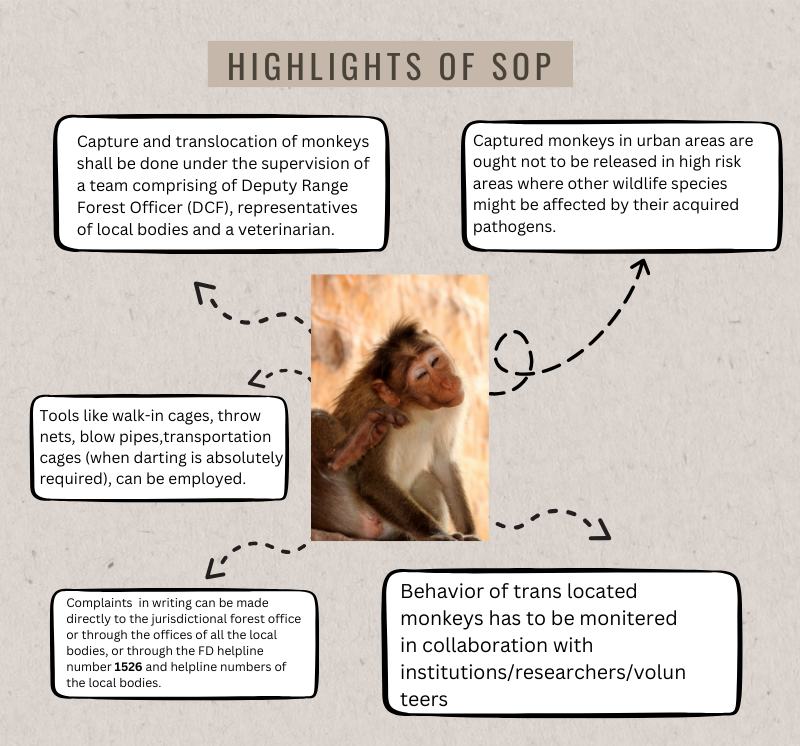Experts say human provisioning and lack of natural food are main reason for the aggressive behavior of monkeys.
Monkeys around Kannamangala have been accosting shoppers and dipping into their baskets to snatch any food they might be carrying. They have been pushing aside mosquito netting on windows and entering homes in search of food, putting residents at distress. Officials from the forest department have admitted that there has been an increase in the number of complaints received from the outskirts of city over the years.
Sashikumar, a resident of Kannamangala, near Kadugodi complained about the menace caused by monkeys in the residential area. “Monkeys enter the houses in search of food, opening refrigerators and throwing around stuff. Around 20 houses in the area have been attacked by monkeys. People are scared to go out for walks fearing attacks from monkeys,” he said.
Parents are concerned about their children going out to play. “What if the monkeys attack them?” Sashikumar asked. There have been two to three instances of monkeys attacking individuals in the region.
Residents from an apartment complex also shared their concern over the risk of leaving senior citizens alone in their apartments while they go to work during the day.
Bharathi, First Division Assistant, Forest Department Bangalore Division said, “There is a rise in the number of complaints received on monkey menace in Bangalore. Monthly 10 to 15 complaints are received and most of them are from the Yelahanka region.”

Following a High Court directive in 2022, a technical expert committee formed by the forest department formulated a Standard Operating Procedure (SOP) to capture, translocate, release, and rehabilitate monkeys as well as for protection of the human-animal conflict in both urban and rural areas across the State.
The procedure specifies that capture and translocation of monkeys shall be done under the supervision of a team comprising of Deputy Range Forest Officer (DCF), representatives of local bodies and a veterinarian. It also directs that the captured monkeys in urban areas ought not to be released in high risk areas where other wildlife species might be affected by their acquired pathogens.

“The standard protocol requires officers to share pictures upon the successful relocation of monkeys, but this is often overlooked. The pictures have been sent back to the department only in two or three instances,” Bharathi added.
According to the Standard Operating Procedure (SOP), ‘1926’ is the toll-free helpline number for regions within the purview of the Forest Department and ‘1533’ is the toll-free helpline number for areas under the Bruhat Bengaluru MahanagaraPalike (BBMP).
Arijit Pal, Postdoctoral Associate, Animal Behaviour and Cognition Programme at the National Institute of Advanced Studies (NIAS) said, “Unavailability of natural food and provisioning by humans, all together make monkeys behave aggressively towards humans, like snatching food, eating from dustbins etc.”
He mentioned several studies have shown that the population of bonnet macaques, the most common monkey species found in South India has been rapidly decreasing in the last 20 years. The bonnet macaques were earlier considered as least concerned in the International Union for Conservation of Nature (IUCN) list, while the same is now in the vulnerable list.
Mr. Pal suggested changing the people’s approach towards monkeys by refraining from feeding them food, can make them less aggressive.




